Top 10 facts you did not know about Mother’s Day
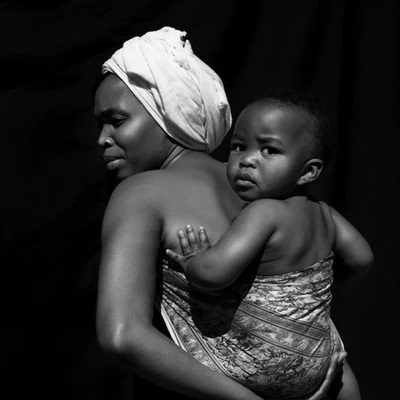
Mother’s Day is a celebration honoring the mother of the family, as well as motherhood, maternal bonds, and the influence of mothers in society. It is celebrated on various days in many parts of the world, most commonly in the months of March or May. It complements similar celebrations honoring family members, such as Father’s Day, Siblings Day, and Grandparents Day.
#10: Modern-day celebration of Mother’s Day was started by an American called Ann Jarvis
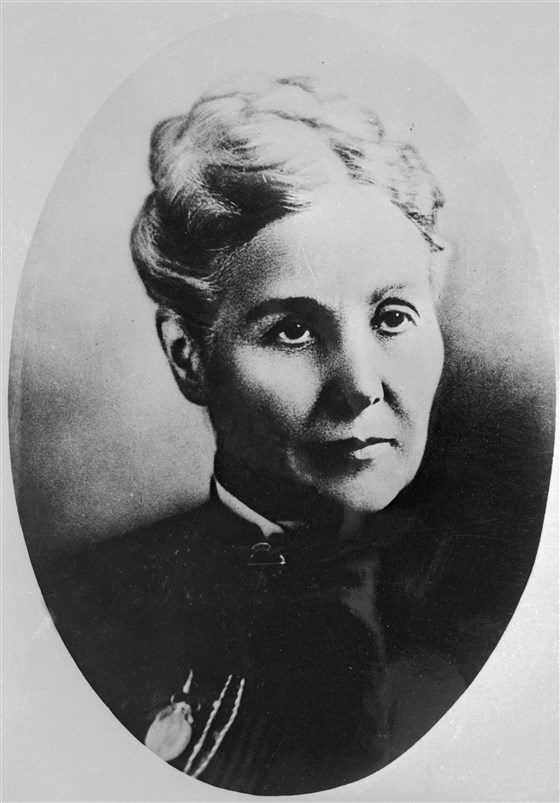
Anna Maria Jarvis
Anna Jarvis organized the first Mother’s Day service of worship and celebration in Grafton. Anna organized the Mother’s Day as a way of the individual thanking his/her mum for her immense care and love. Anna would go on to protest against later embellishments of the occasion for financial purpose.
#9: The current commercialization of Mother’s Day was never intended by its founder.

Mother’s Day gift card
You may be thinking of buying a card for your mum or perhaps you have already done that. But are you aware that this idea was never intended by its founder and early day supporters?
Today’s mother’s Day has been commercialized much to the dislike of its founding “mothers”. The American version of the Mother’s Day has been criticized for having become too commercialized. Founder, Jarvis herself, who began the celebration as liturgical observance, regretted this commercialism and expressed that this was never her intention.
#8: Modern-day Mother’s Day was first celebrated on 1907

#7: Andrew’s Methodist Church is the “International Mother’s Day Shrine”
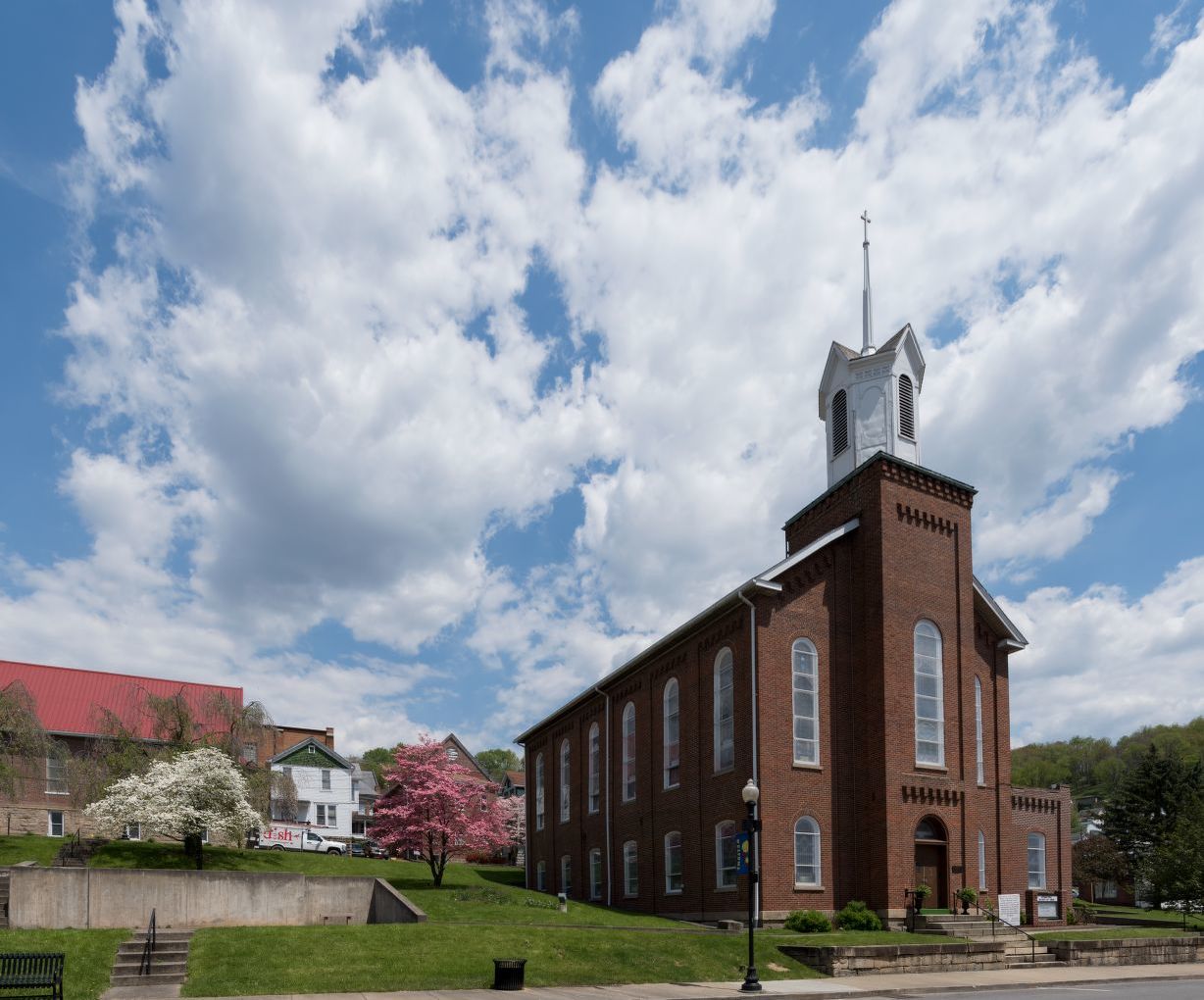
Andrews Methodist Episcopal Church, the International Mother’s Day Shrine. Grafton, West Virginia
Founder Anna Jarvis held the first service to mark the international Mother’s Day at Andrews Methodist Episcopal Church. Since that time, the church has served as the International Mother’s Day Shrine. Anna campaigned to make Mother’s Day a recognized holiday in the United States in 1905. A visit to the Methodist Episcopal church with your mum one day will be a great satisfaction. Give it a try.
#6: Petition for US Congress to recognize Mother’s Day as holiday was initially vigorously rejected.
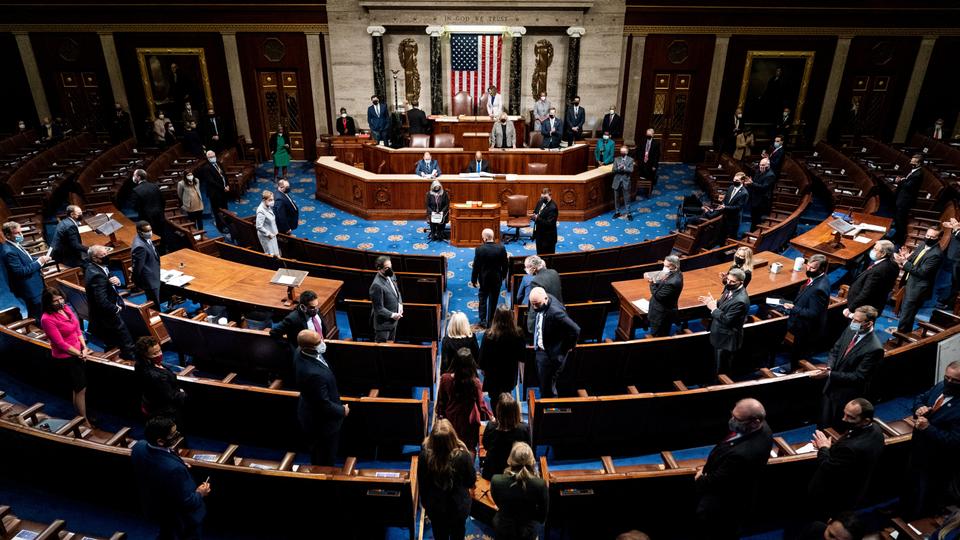
US Congress in session
In 1908, the U.S. Congress rejected a proposal to make Mother’s Day an official holiday, joking that they would also have to proclaim a “Mother-in-law’s Day”.
#5: The U.S. Congress officially recognized Mother’s Day in 1914

Despite initial reluctance on the part of Congress to recognize Mother’s Day, the US administration was eventually seduced into accepting and recognizing the day due to the persistent efforts of Anna Jarvis. By 1911, all U.S. states observed the holiday, with some of the them officially recognizing Mother’s Day as a local holiday (the first being West Virginia, Jarvis’ home state, in 1910).
#4: The founder of Mother’s Day, Anna Jarvis, regretted creating Mother’s Day
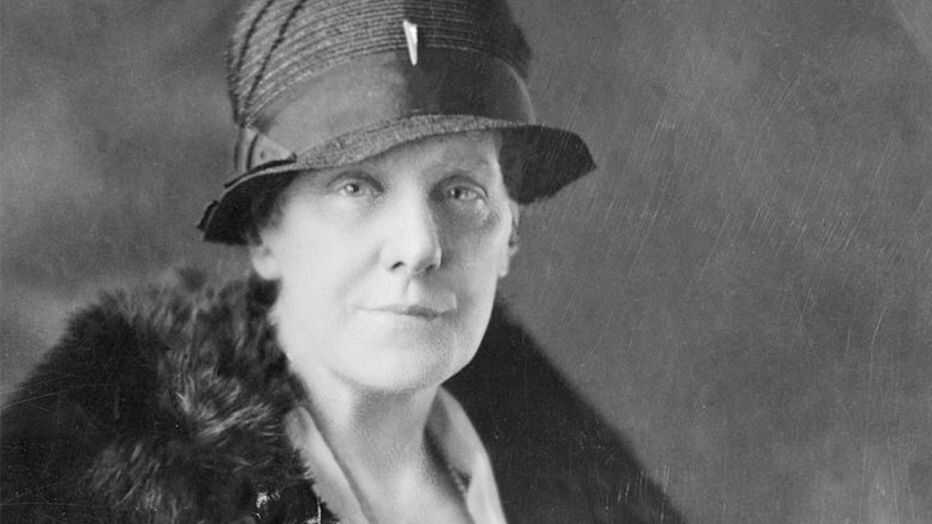
Anna Maria Jarvis
Next time you buy a Mother’s Day card or gift for you mum, pause to reflect that the founder never meant anything like this. She wanted any gift or whatsoever given to your mum not to be something bought from outside but made by hand by you. Due to the commercialization of the Mother’s Day, Anna Jarvis became resentful of the status quo and began a protest to stop that. It was ironic that she had to work very hard to halt something she worked tirelessly to create. By 1920s, Hallmark Cards and other companies had started selling Mother’s Day cards. Jarvis believed that the companies had misinterpreted and exploited the idea of Mother’s Day and that the emphasis of the holiday was on sentiment, not profit. Anna regretted creating Mother’s Day.
#3: Founder of Mother’s Day was arrested for disturbing a Mother’s Day celebration
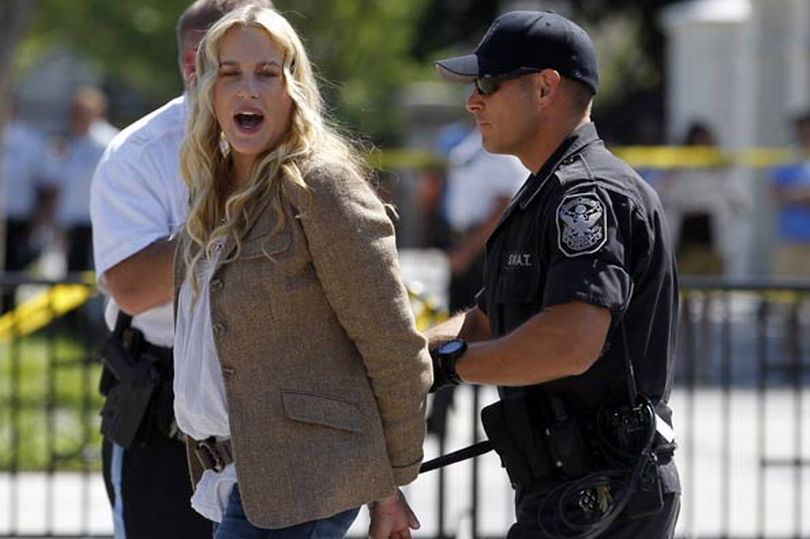
How does it feel if you are arrested and thrown out of a party you organized on accusation that you are causing disturbance? That is what happened to Anna Jarvis. After founding Mother’s Day in 1907, Anna increasingly grew to become the face of the ceremony. However, Anna’s consistent opposition to the commercialization of the day made him an enemy of the money-cratic industry that would chance on anything to make a dollar.
Anna organized boycotts of Mother’s Day, and even threatened to issue lawsuits against the companies involved in moneytizing the occasion. Jarvis argued that people should appreciate and honor their mothers through hand-wirtten letter expressing their love an gratitude, instead of buying gifts and pre-made cards.
On one occasion, Jarvis protested at a candy makers’ convention in Philadelphia in 1923, and at a meeting of American War Mothers in 1925. By this time, carnations had become associated with Mother’s Day, and the selling of carnations by the American War Mothers to raise money angered Jarvis, who was arrested and thrown out for disturbing the peace.
#2: “Mother’s Day” was observed in Medieval times before modern day
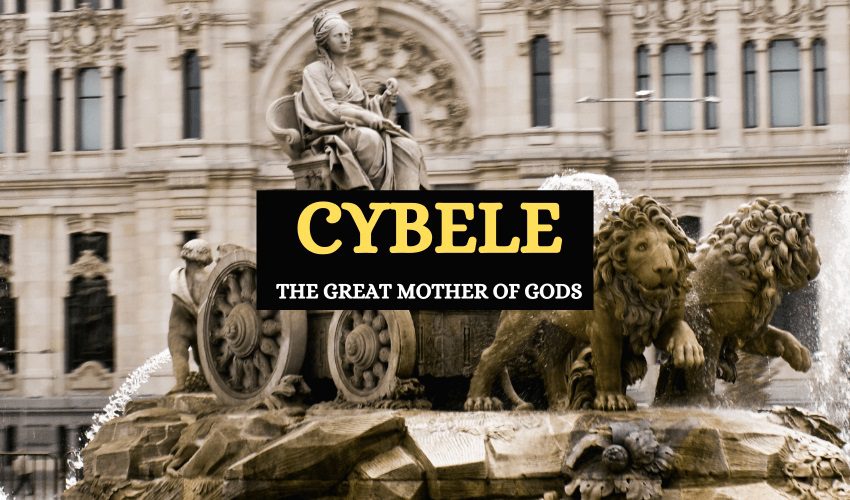
There were festivals in the past to honor Mother’s Day. Festivals honoring mothers in ancient times were often tied to gods and goddesses. The Phrygians held a festival for Cybele, the Great Mother of the Gods. The Greeks and Romans also honored the mother figure of their gods. Even today, an important festival in India, Durga-puja, honors the goddess Durga.
During the Middle Ages, people would return to their home or “mother” church once a year during the middle of Lent. (Back then, children would often leave to work at the tender age of 10!) Historians theorize that it was the return to the “mother” church that led to the tradition of children getting the day off to visit their mother and family. In 16th century, this celebration became “Mothering Sunday” thanks to the initiative by Constance Adelaide Smith.
#1: Mother’s Day, not Mothers’ Day
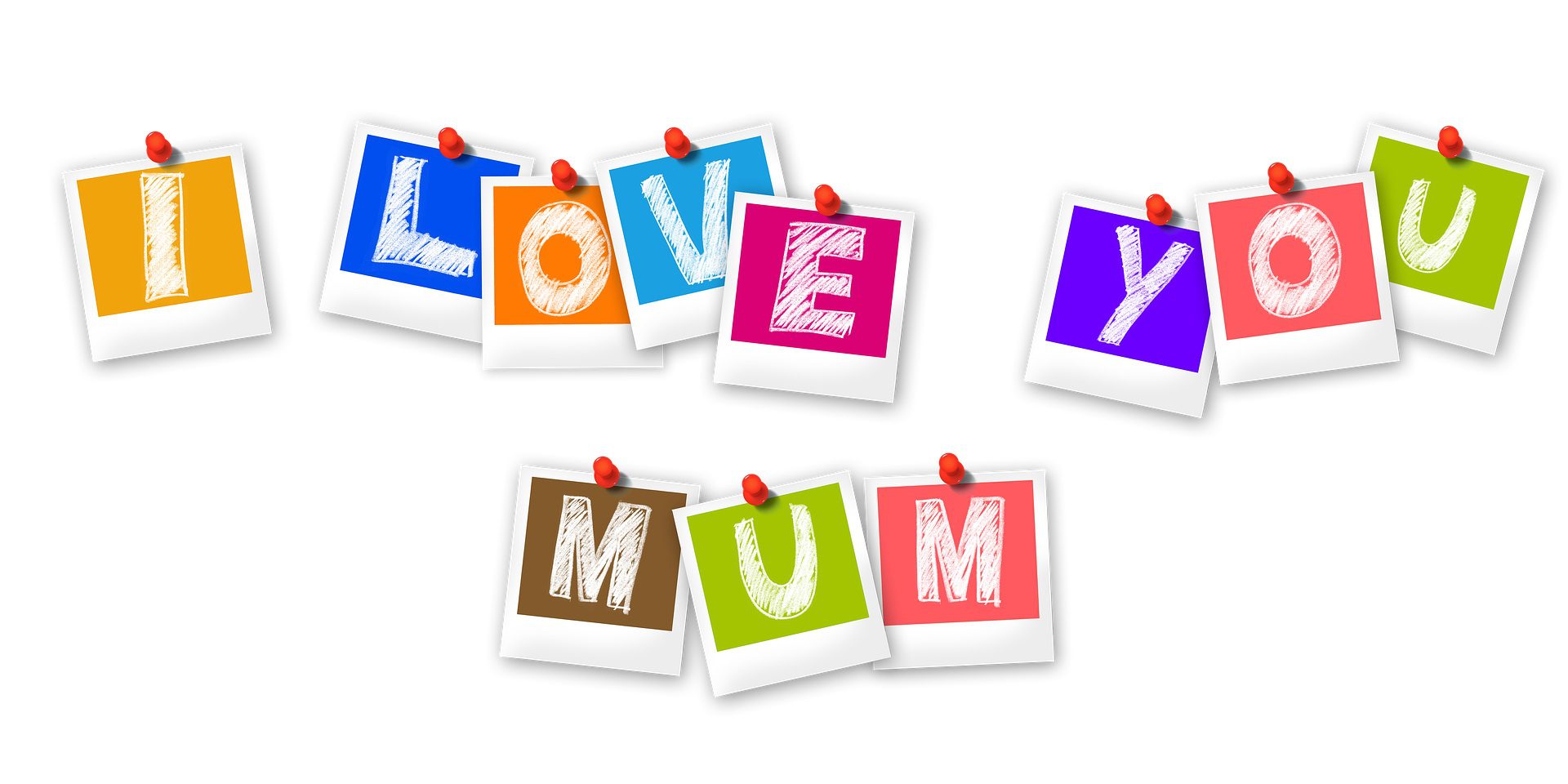
Most people are confused as to which is the correct way to say it. In 1912, Anna Jarvis trademarked the phrase “Second Sunday in May, Mother’s Day, Anna Jarvis, Founder“, and created the Mother’s Day International Association. She specifically noted that “Mother’s” should “be a singular possessive, for each family to honor its own mother, not a plural possessive commemorating all mothers in the world.” This is also the spelling used by U.S. President Woodrow Wilson in his 1914 presidential proclamation, by the U.S. Congress in relevant bills, and by various U.S. presidents in their proclamations concerning Mother’s Day.
We hope you found these eye-opening facts amazing? Do you have any fact about Mother’s Day worth sharing? Nail it down in the comment section below.
